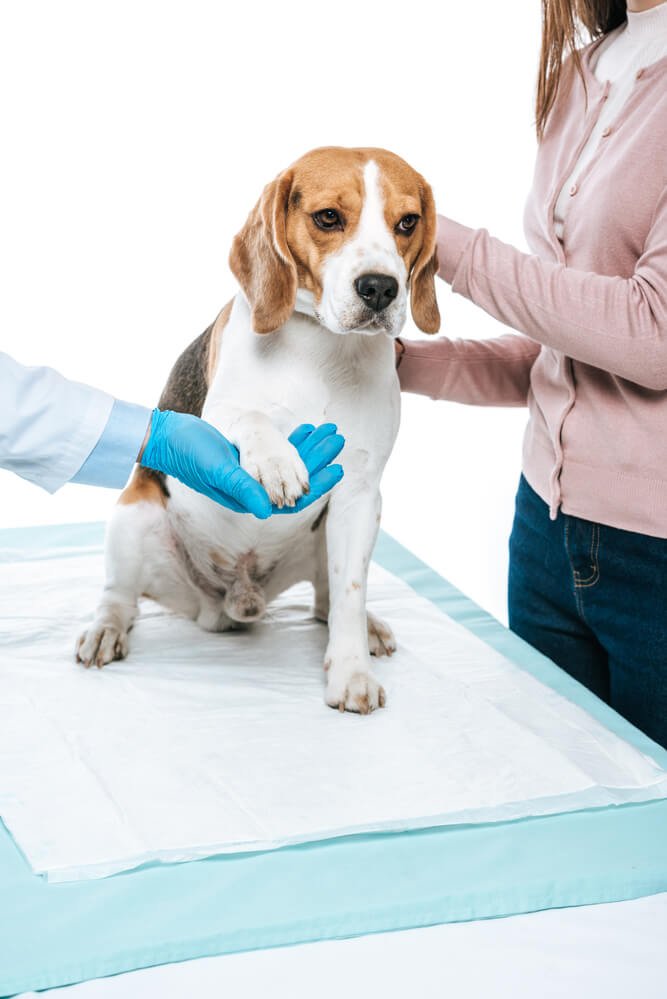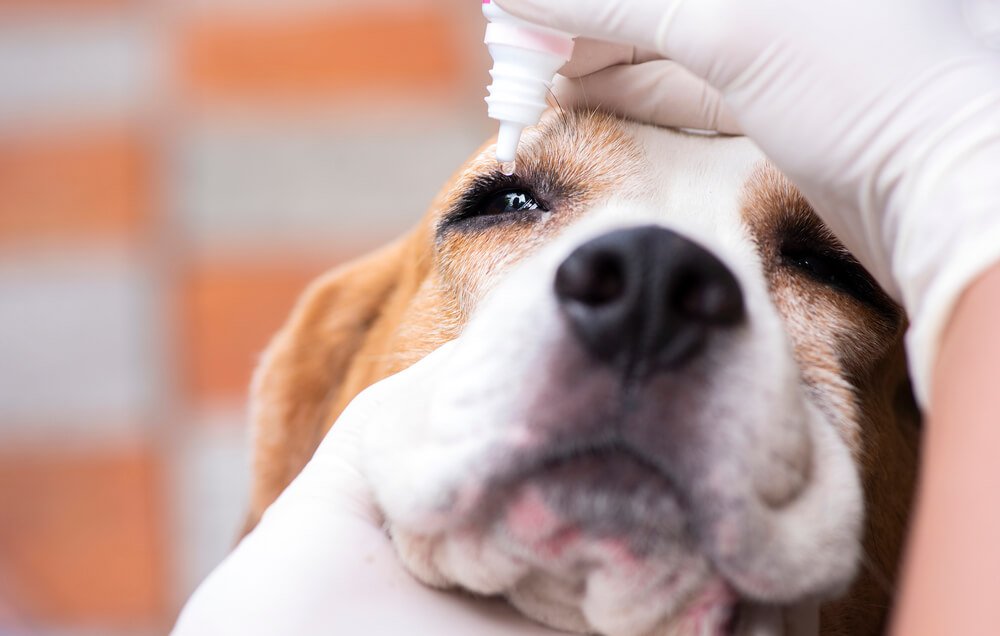Beagles are adorable dogs with a friendly and curious personality. They are also known for their distinctive eyes, which can express a lot of emotions and charm. However, some Beagles may develop a condition that affects their eyes and makes them look red and swollen. This condition is called cherry eye, and it can cause discomfort and complications for your Beagle if left untreated. In this article, we will explain what cherry eye is, what causes it, what are the symptoms, and how to treat it.
What is Cherry Eye?
Cherry eye is a disorder of the third eyelid, which is a thin membrane that covers the inner corner of the eye and protects it from dust, debris, and infections. The third eyelid also contains a gland that produces tears and lubricates the eye. Sometimes, this gland can become enlarged and protrude out of the third eyelid, creating a red or pink mass that looks like a cherry pit. This is what we call cherry eye.
Cherry eye is not a life-threatening condition, but it can cause discomfort and irritation for your Beagle. It can also affect their vision and tear production, leading to dry eye syndrome or eye infections. Therefore, it is important to seek veterinary attention as soon as you notice any signs of cherry eye in your Beagle.
What Causes Cherry Eye?
The exact cause of cherry eye in Beagles is not fully understood, but it is believed to be related to genetic factors. Beagles are one of the breeds that are predisposed to this condition because they have weak or loose ligaments that hold the gland in place. These ligaments can stretch or tear due to trauma, inflammation, infection, or aging, allowing the gland to pop out of the third eyelid.
Cherry eye can affect one or both eyes of your Beagle, and it can occur at any age. However, it is more common in young dogs under two years old. It can also be triggered by environmental factors, such as allergies, irritants, or stress.
What are the Symptoms?
The most obvious symptom of cherry eye in Beagles is the appearance of a red or pink mass in the corner of the eye near the nose. It may vary in size and shape depending on the severity of the condition. It may also come and go depending on the position of the eyelid or the activity level of your Beagle.
Other symptoms of cherry eye in Beagles include:
- Excessive tearing or discharge from the eye
- Dryness or redness of the eye
- Squinting or blinking of the eye
- Rubbing or scratching of the eye
- Pain or sensitivity of the eye
- Inflammation or infection of the eye
If you notice any of these symptoms in your Beagle, you should take them to the vet as soon as possible for diagnosis and treatment.

How to Treat Cherry Eye?
The only effective way to treat cherry eye in Beagles is through surgery. It involves repositioning the gland back into its normal place and securing it with stitches or sutures. The surgery is usually performed under general anesthesia and takes about 15 to 30 minutes per eye.
The surgery has a high success rate and a low risk of complications. However, some possible complications include:
- Bleeding or infection of the surgical site
- Recurrence or relapse of cherry eye
- Dry eye syndrome or reduced tear production
- Damage or loss of vision
To prevent these complications, you should follow your vet’s instructions for post-operative care and recovery. You should also monitor your Beagle’s eyes for any signs of problems and contact your vet if you have any concerns.
How to Prevent it?
Unfortunately, there is no sure way to prevent cherry eye in Beagles because it is mainly caused by genetic factors. However, there are some things you can do to reduce the risk or severity of cherry eye in your Beagle:
- Choose a reputable breeder who screens their dogs for genetic diseases and provides health certificates
- Keep your Beagle’s eyes clean and free from dust, debris, or irritants
- Avoid exposing your Beagle to extreme temperatures or humidity
- Provide your Beagle with a balanced diet and plenty of water
- Regularly check your Beagle’s eyes for any signs of cherry eye or other problems
- Take your Beagle to the vet for regular eye exams and vaccinations
- Seek veterinary attention as soon as you notice any symptoms of cherry eye in your Beagle
Common FAQS
What happens if you don’t fix cherry eye?
If left untreated, a prolapsed nictitans gland, also known as “cherry eye,” can lead to reduced tear production and insufficient eye closure, which can result in eye infections, dry eye, and significant pain. The dry eye condition can become so severe that it may cause eye pigmentation and even blindness. Typically, the recommended approach to treat this condition is through surgery.
How much Cherry eye surgery cost?
On average, pet owners can anticipate that the cost of cherry eye surgery will fall within the range of $300 to $800, which can vary based on the breed of dog, the severity of the condition, and whether one or both eyes require treatment. However, in some cases, the cost may exceed $1,000.
Is cherry eye painful for a dog?
The term “cherry eye” is often used to describe a prolapsed nictitans gland, which happens when a tear gland within a dog’s third eyelid becomes inflamed and protrudes. Although it is typically not very painful, a dog may scratch or rub at the affected area as it may feel itchy.
Can cherry eye go away with drops?
In most cases, the initial treatment for a prolapsed nictitans gland involves the use of anti-inflammatory eye drops. These drops are effective in reducing the swelling and inflammation. However, to ensure a more permanent solution, repositioning the displaced gland into the correct position is often the recommended course of action.
Conclusion
Cherry eye in Beagles is a condition that affects the third eyelid of Beagles and causes a red or pink mass to protrude out of the eye. It is not a life-threatening condition, but it can cause discomfort and complications for your Beagle if left untreated. The best way to treat cherry eye in Beagles is through surgery, which involves repositioning the gland back into its normal place. The surgery has a high success rate and a low risk of complications. To prevent cherry eye in Beagles, you should choose a reputable breeder, keep your Beagle’s eyes clean and healthy, and take your Beagle to the vet regularly. Cherry eye is a common problem in Beagles, but it can be easily managed with proper care and attention. If you have a Beagle with cherry eye or are thinking of getting one, I hope this article was helpful and informative for you. If you have any questions or feedback, please feel free to leave a comment below.


2 thoughts on “Cherry Eye in Beagles: What You Need to Know”